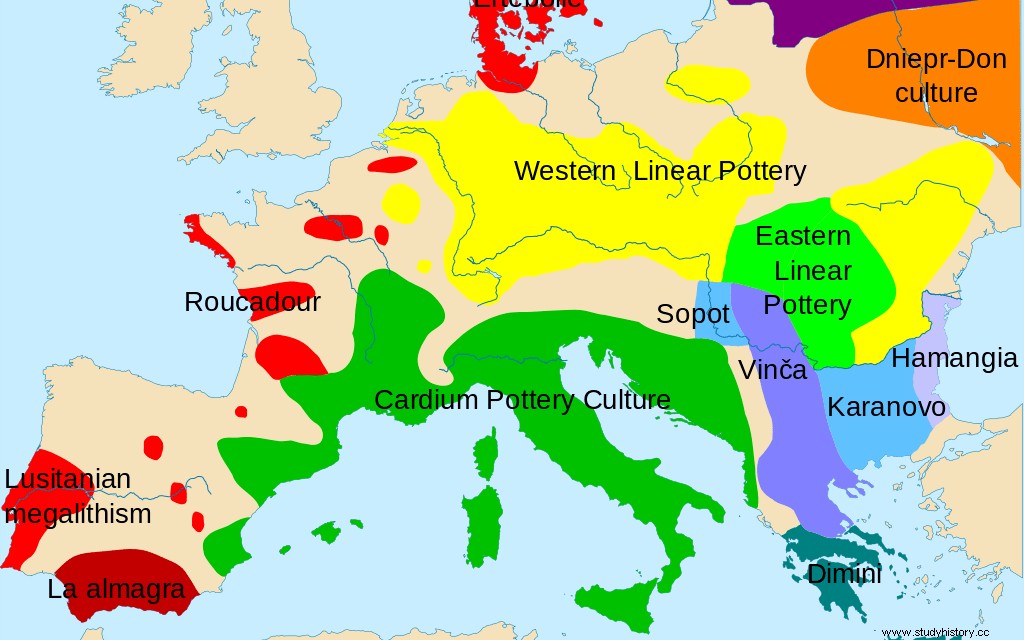45,000 years ago Europe was inhabited solely by hunter-gatherer peoples. But about 8,500 years ago, a new way of life began to spread across the continent from the Aegean shores of present-day Turkey, reaching central Europe 7,500 years ago and Britain 6,100 years ago. The diffusion of agriculture and a sedentary lifestyle It led to profound changes in society, an increase in the population and, also, the appearance of new diseases.
But the way in which agriculture spread across Europe It has been the subject of debate for many decades. Many researchers believe that the new way of life spread with hardly any migration of farmers, in the same way that ideas spread from one place to the next.
An international team of researchers led by paleogeneticists from the Johannes Gutenberg University of Mainz published a study in 2016 in the Proceedings of the National Academy of Sciences, in which they show that the first farmers in Europe have direct ancestors in the Aegean .

The scientists analyzed DNA from skeletons of early farmers found in Greece and Turkey, and found that Neolithic settlers from northern Greece and the Sea of Marmara region west of Turkey reached central Europe via two routes . The first would be through the Balkans, and the second after crossing the Mediterranean, through the Iberian Peninsula.
These settlers would bring sedentary life, agriculture, and the domestication of animals and plants to all of Europe. During their expansion they came into contact with the hunter-gatherer peoples who had lived in Europe since the Ice Age, but both groups mixed only to a very limited extent at first. They exchanged cultural heritage and knowledge, but would not have common descendants. Centuries had to pass for that to happen.
The director of the study, Professor Joachim Burger, and his team of collaborators have been pioneers in paleogenetic research on the process of Neolithization in Europe in recent years. They already demonstrated in 2009 the non-existence of interbreeding between farmers and prehistoric hunter-gatherers. They have now also shown that cultural and genetic differences were the result of different geographic origins . Farmers not only brought a totally alien culture to Europe, they also looked different from the mainland populations, and spoke a different language.
The researchers believe that this is the definitive proof that forever closes the debate on the origins of the first European farmers, who then descend directly from peoples of Greece and northwestern Anatolia .
However, this would not be the last great migration to Europe. About 5,000 years ago peoples from the eastern steppes began to arrive in Central Europe and mixed with the ancient hunter-gatherers and early farmers. Most of today's European populations would have arisen as a result of the mixing of these three groups.
